Table of Contents
Introduction to Dill Leaf
Dill leaf (Anethum graveolens), also known as dill weed, is a versatile herb with a distinctive sweet, citrusy flavor that enhances a wide range of dishes. Unlike its seed counterpart, dill leaf offers a delicate, fresh taste that's perfect for finishing dishes. This guide provides actionable culinary applications, growing tips, and expert insights to help you maximize dill's potential in your kitchen.
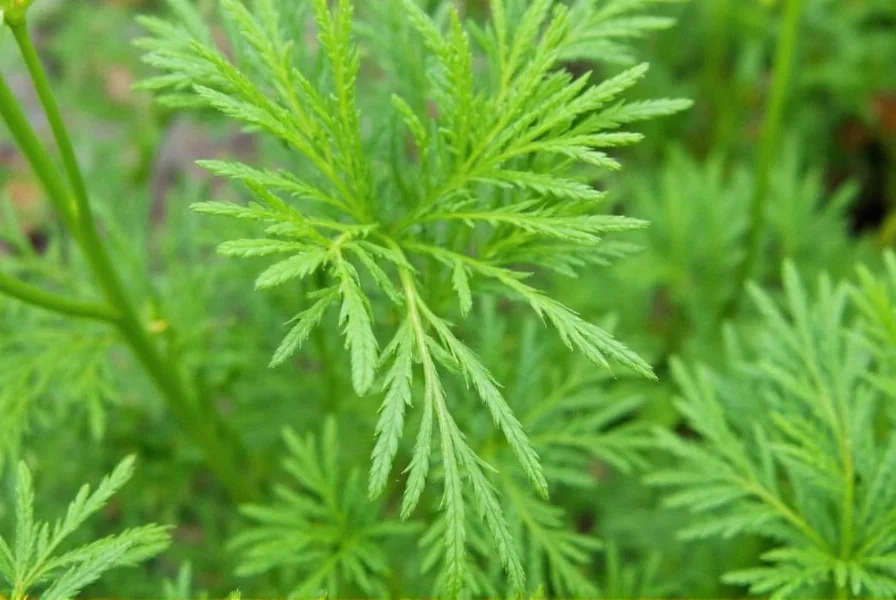
Dill leaf is widely used in Mediterranean, Scandinavian, and Eastern European cuisines. Its fresh leaves are best added at the end of cooking to preserve their aromatic qualities, while dried dill is ideal for longer-cooking dishes. This herb's versatility makes it a must-have for home cooks seeking to elevate everyday meals.
Understanding the Flavor Profile of Dill Leaf
Dill leaf delivers a complex yet balanced flavor profile with three key characteristics:
- Citrus notes: Bright lemon and lime undertones that cut through rich ingredients
- Herbaceous freshness: Mild grassy aroma similar to parsley but more pronounced
- Anise-like sweetness: Subtle licorice notes that complement savory dishes
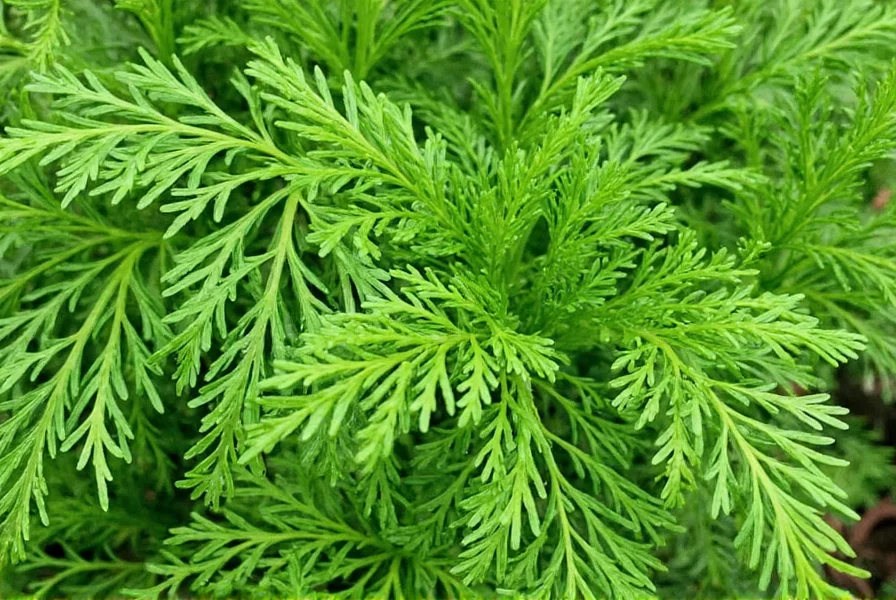
Unlike dill seeds which have a stronger, more pungent flavor, dill leaves provide a delicate touch that won't overpower dishes. This makes it ideal for finishing sauces, garnishing seafood, or adding freshness to salads. The flavor compounds (carvone and limonene) are most potent when used fresh, so harvest just before use for maximum impact.
Dill Leaf Recipes and Practical Applications
Transform your cooking with these specific, actionable dill leaf applications:
| Dish Type | Recipe Example | Preparation Method |
|---|---|---|
| Seafood | Garlic-Dill Salmon | Marinate 4 salmon fillets with 2 tbsp olive oil, 1 minced garlic clove, 3 tbsp chopped dill, salt, and pepper. Bake at 400°F for 12-15 minutes. Finish with fresh dill garnish. |
| Salads | Cucumber-Dill Salad | Combine 2 sliced cucumbers, 1/4 cup thinly sliced red onion, 1/2 cup chopped dill, 1/4 cup Greek yogurt, 1 tbsp lemon juice, and salt. Chill 30 minutes before serving. |
| Sauces | Herbed Dill Yogurt Sauce | Blend 1 cup Greek yogurt, 2 tbsp chopped dill, 1 minced garlic clove, 1 tsp lemon zest, and salt. Perfect for grilled chicken or roasted vegetables. |
| Vegetables | Dill Roasted Potatoes | Toss 2 lbs baby potatoes with 2 tbsp olive oil, 1 tbsp chopped dill, 1 tsp paprika, salt, and pepper. Roast at 425°F for 25-30 minutes until crispy. |
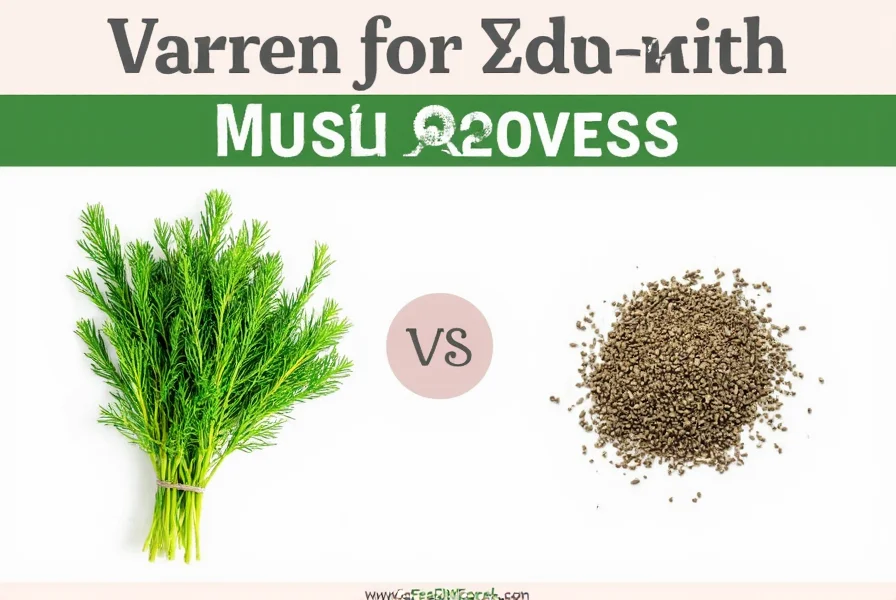
Pro Tips for Maximum Flavor
- Timing matters: Add fresh dill in the last 2 minutes of cooking to preserve its delicate flavor
- Pairing guide: Dill complements fatty fish (salmon, trout), potatoes, eggs, cucumbers, and creamy sauces
- Storage hack: Place dill stems in water like flowers to keep fresh for 7-10 days
- Substitution ratio: Use 1 teaspoon dried dill for every 1 tablespoon fresh dill
Growing Your Own Dill Leaf at Home
With minimal effort, you can harvest fresh dill year-round:
- Planting: Sow seeds directly in well-drained soil after last frost. Space plants 12-18 inches apart
- Light requirements: Full sun (6-8 hours daily) for optimal growth
- Watering: Keep soil consistently moist but not soggy
- Harvesting: Cut outer stems first when plants reach 8-10 inches tall. Never remove more than 1/3 of the plant at once
- Seed production: Allow some flowers to mature for dill seeds (harvest when seeds turn brown)
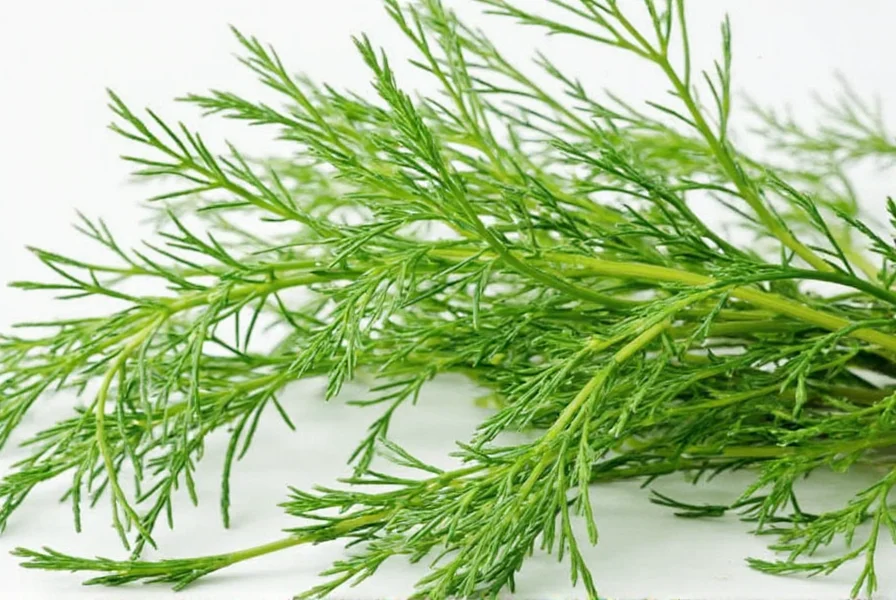
Pro tip: Dill self-seeds readily, so plant it where you want it to return annually. For continuous harvest, sow new seeds every 3-4 weeks during growing season.
Buying Guide for Dill Leaf
When purchasing dill, consider these quality indicators:
| Type | Best For | Quality Check |
|---|---|---|
| Fresh dill | Salads, sauces, seafood finishing | Bright green color, no yellowing, crisp stems, no sliminess |
| Dried dill | Long-cooking dishes, pickling | Vibrant color, strong aroma, no clumping |
| Organic dill | Raw applications, health-conscious cooks | USDA Organic certification, no pesticides |
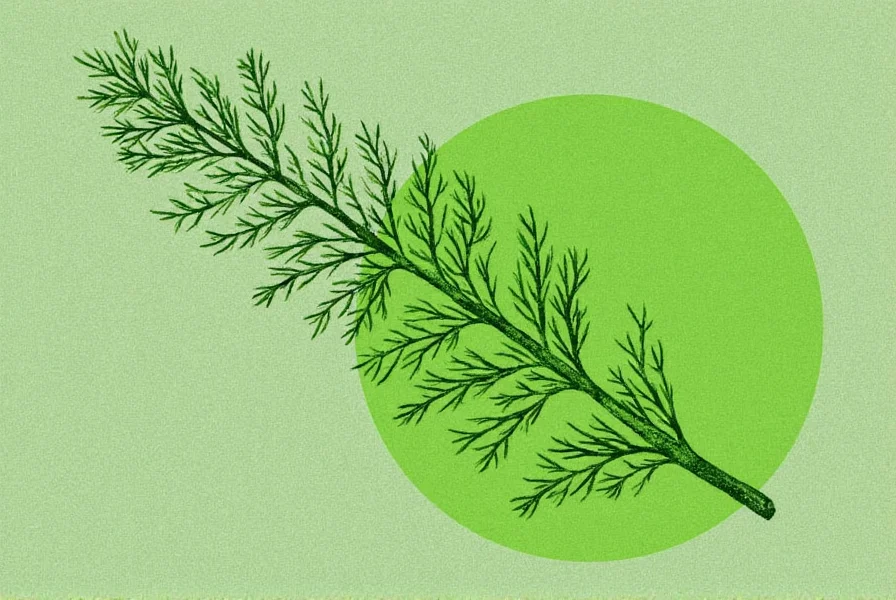
Where to Buy
- Local farmers markets: Highest freshness, often locally grown
- Specialty grocery stores: Reliable organic options
- Online retailers: Best for dried dill or bulk purchases (check reviews for freshness)
Frequently Asked Questions About Dill Leaf
What's the difference between dill weed and dill seed?
Dill weed refers exclusively to the leafy parts of the plant, while dill seeds come from the flower heads. Dill weed has a delicate, citrusy flavor ideal for finishing dishes, while dill seeds have a stronger, more pungent taste with warm, slightly bitter notes. Use dill weed in fresh applications like salads and sauces, and dill seeds for pickling, breads, and long-cooking dishes.
How should I store fresh dill leaf to keep it fresh longer?
For maximum freshness, treat dill like fresh flowers: trim stems, place in a glass with 1 inch of water, cover loosely with a plastic bag, and refrigerate. Change water every 2 days. Alternatively, wrap in damp paper towels inside a sealed container. Properly stored, fresh dill lasts 7-10 days. For longer storage, freeze chopped dill in ice cube trays with water or olive oil.
What dishes pair best with dill leaf?
Dill leaf excels with: salmon and other fatty fish (creates perfect balance), potato dishes (especially roasted or mashed), cucumber-based salads, egg dishes (quiches, omelets), creamy sauces (yogurt, sour cream), and soups like borscht. It also complements lamb, roasted carrots, and in tzatziki sauce. Avoid pairing with strong spices like cumin or chili that can overpower its delicate flavor.
Can I substitute dried dill for fresh dill in recipes?
Yes, but with adjustments: use 1 teaspoon dried dill for every 1 tablespoon fresh dill. Dried dill has a more concentrated flavor but lacks the bright freshness of fresh. Add dried dill earlier in cooking (15-20 minutes before finish) to allow rehydration, while fresh dill should be added in the last 2 minutes to preserve its delicate aroma. For best results, use fresh dill when possible for salads and finishing dishes.
What are the health benefits of dill leaf?
Dill leaf is rich in vitamin C (supports immune function), calcium (bone health), and manganese (metabolism). It contains antioxidants like quercetin and kaempferol that combat oxidative stress. Traditional uses include aiding digestion and reducing bloating. Modern studies suggest potential benefits for blood sugar regulation and antimicrobial properties. However, it should be considered a dietary supplement rather than medical treatment.
How do I know when dill has gone bad?
Fresh dill shows spoilage through yellowing/browning leaves, slimy texture, or sour odor. Wilted dill can often be revived by placing stems in ice water for 15-20 minutes. If the dill smells off or has mold, discard immediately. Dried dill loses potency after 6-12 months but won't spoil—test by crushing a pinch; if aroma is weak, replace it.
Conclusion
Dill leaf is a culinary powerhouse that transforms ordinary dishes with its bright, citrusy flavor. By understanding its unique characteristics, proper storage techniques, and specific pairing applications, you can consistently elevate your cooking. Whether you grow it yourself or purchase fresh from local markets, dill leaf offers an accessible way to add professional-quality flavor to everyday meals. Start incorporating these proven techniques today to experience the difference this versatile herb can make.
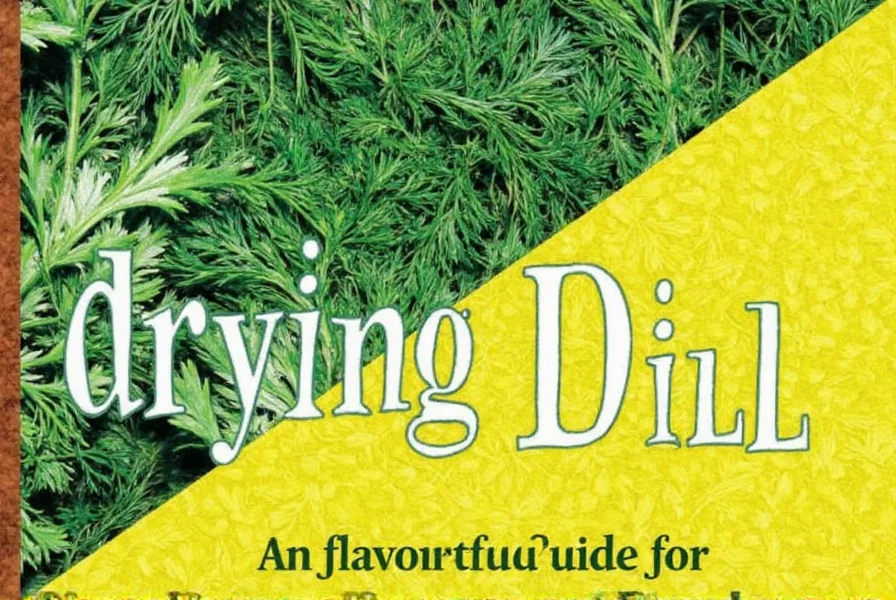

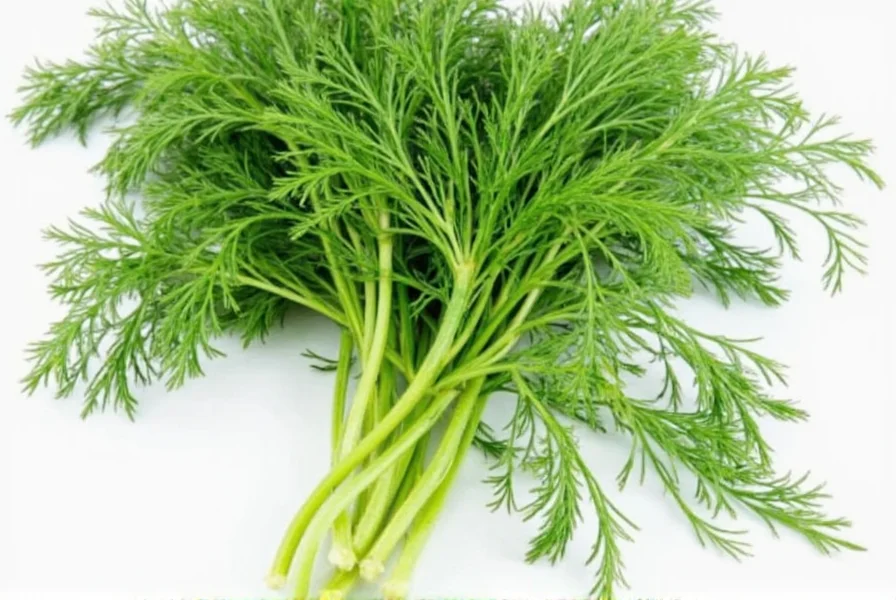









 浙公网安备
33010002000092号
浙公网安备
33010002000092号 浙B2-20120091-4
浙B2-20120091-4